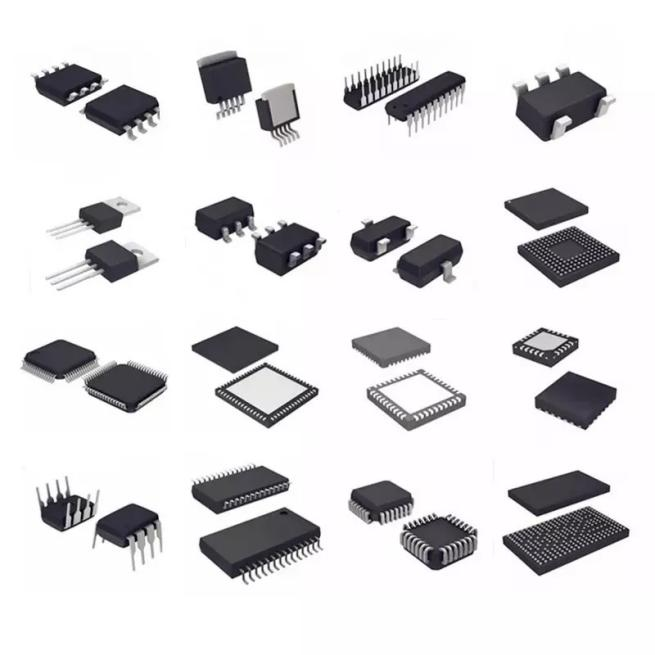

| Part number: | DEV-RBK-85-KIT-0405-A0 |
|---|---|
| Product classification: | Heat Shrink Tubing Kits |
| Manufacturer: | TE Connectivity Raychem Cable Protection |
| description: | HEATSHRINK EL64 |
| Encapsulation: | - |
| Packing: | Box |
| Quantity: | 0 |
| RoHS: | 1 |
Quantity
Price
Total price
1000
$0.4320
$432.0000


| TYPE | DESCRIPTION |
| Mfr | TE Connectivity Raychem Cable Protection |
| Series | - |
| Package | Box |
| Product Status | ACTIVE |













